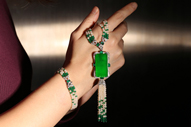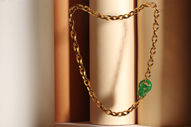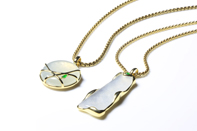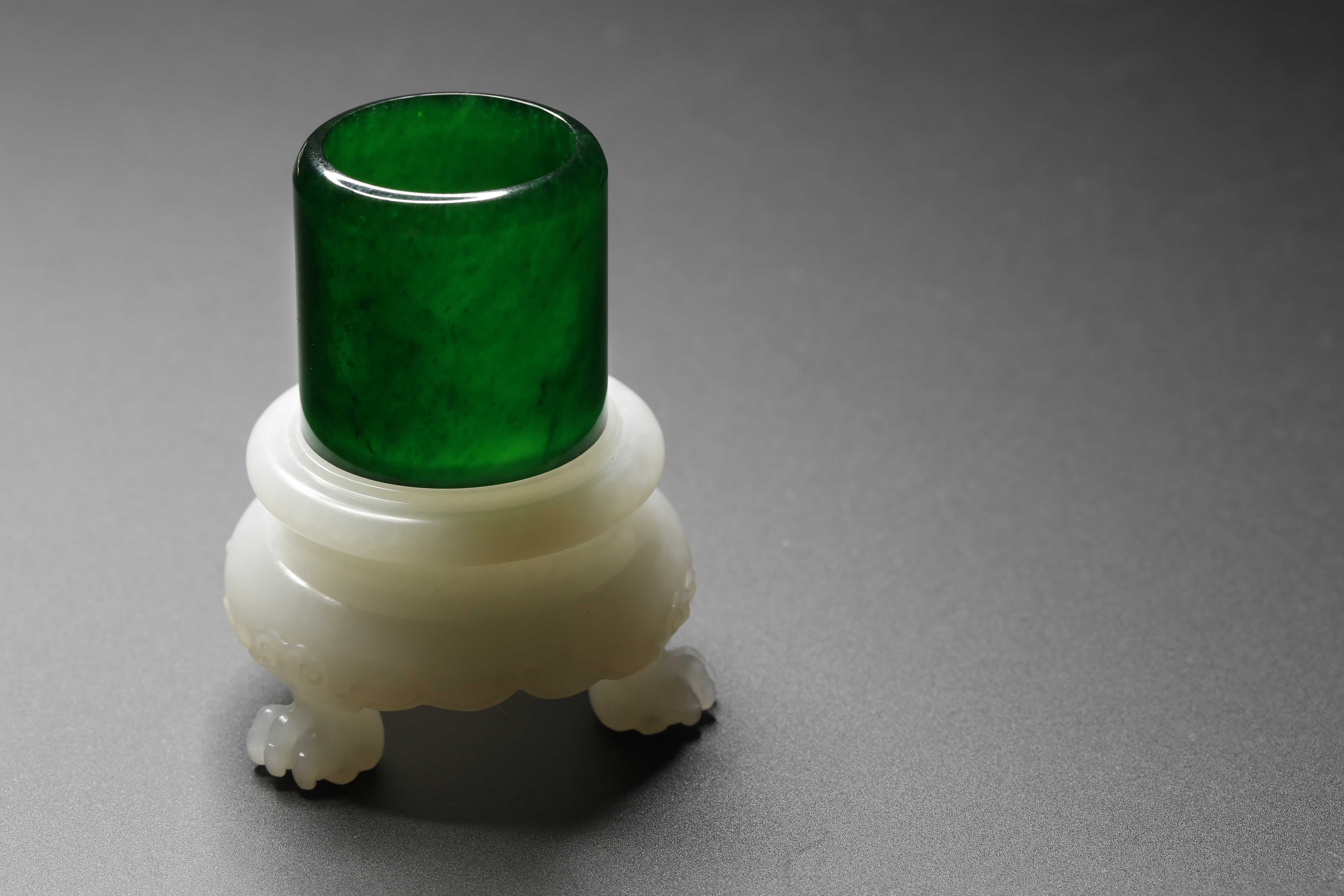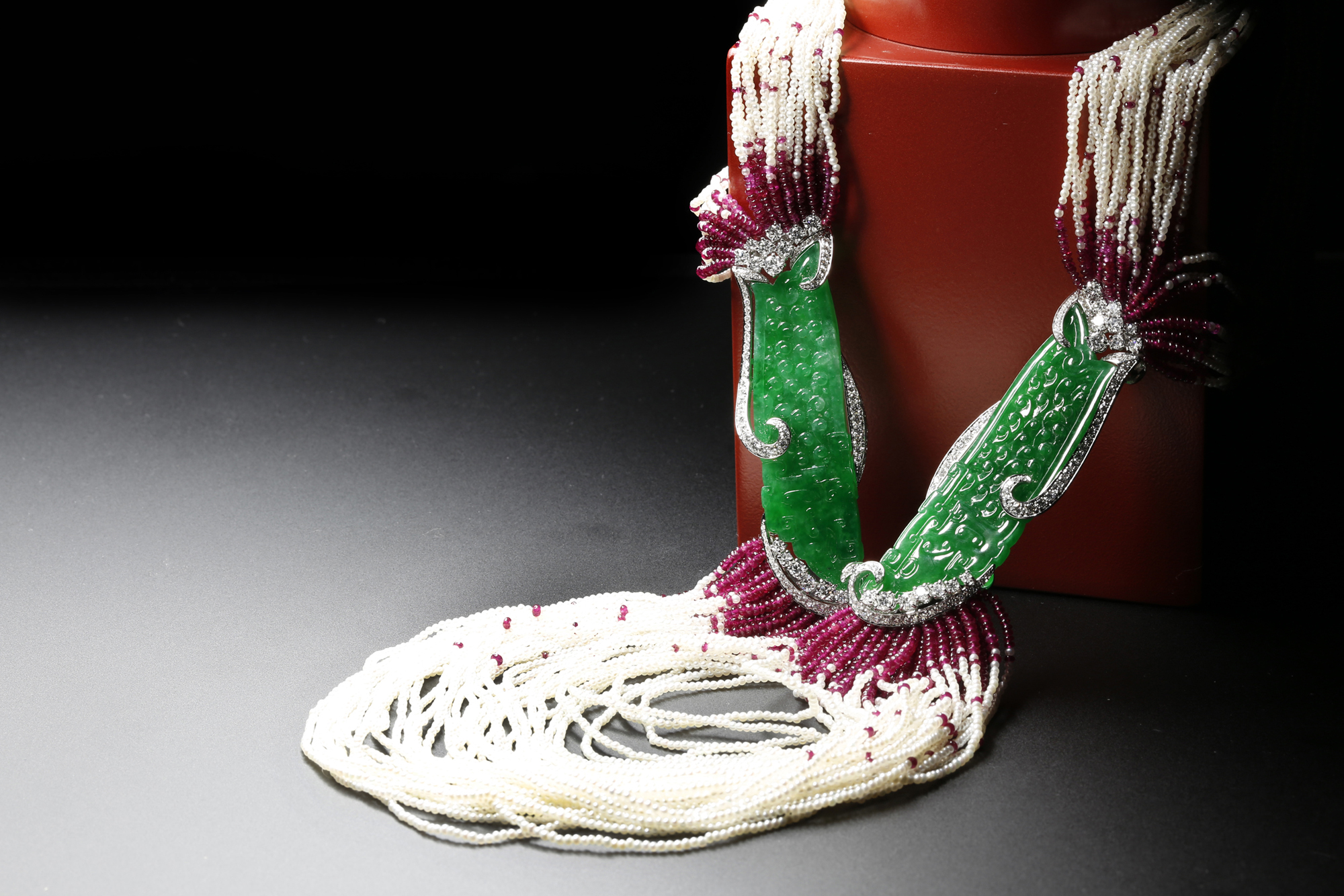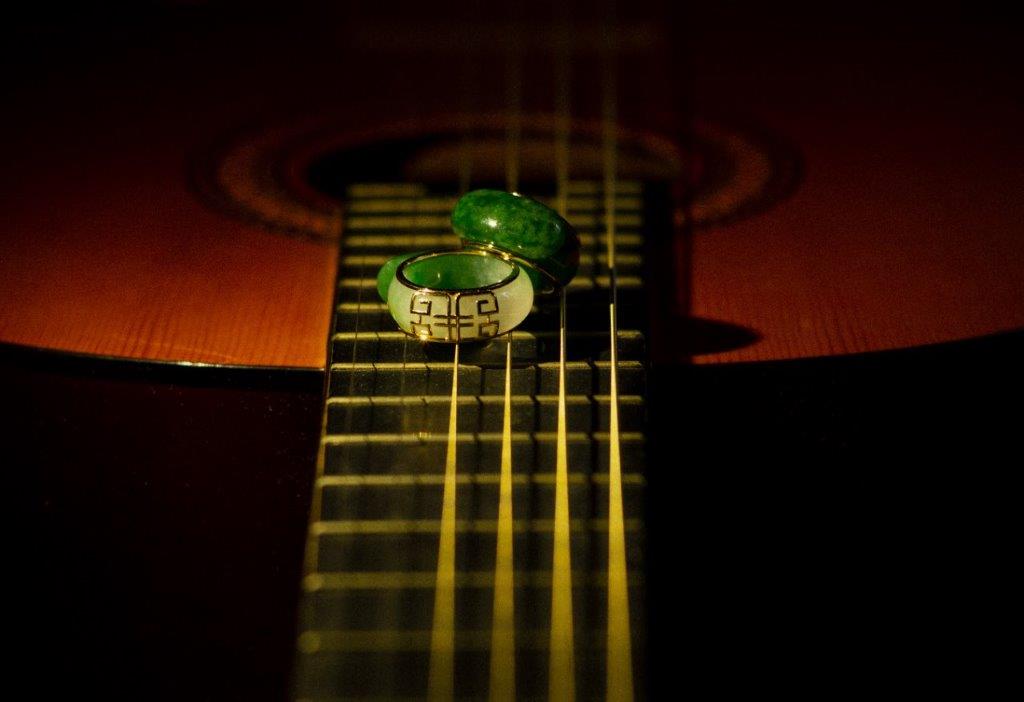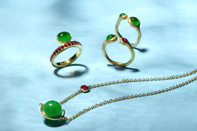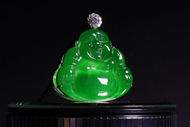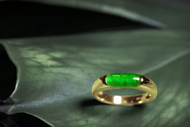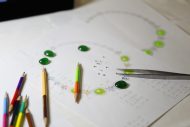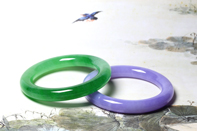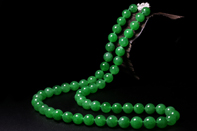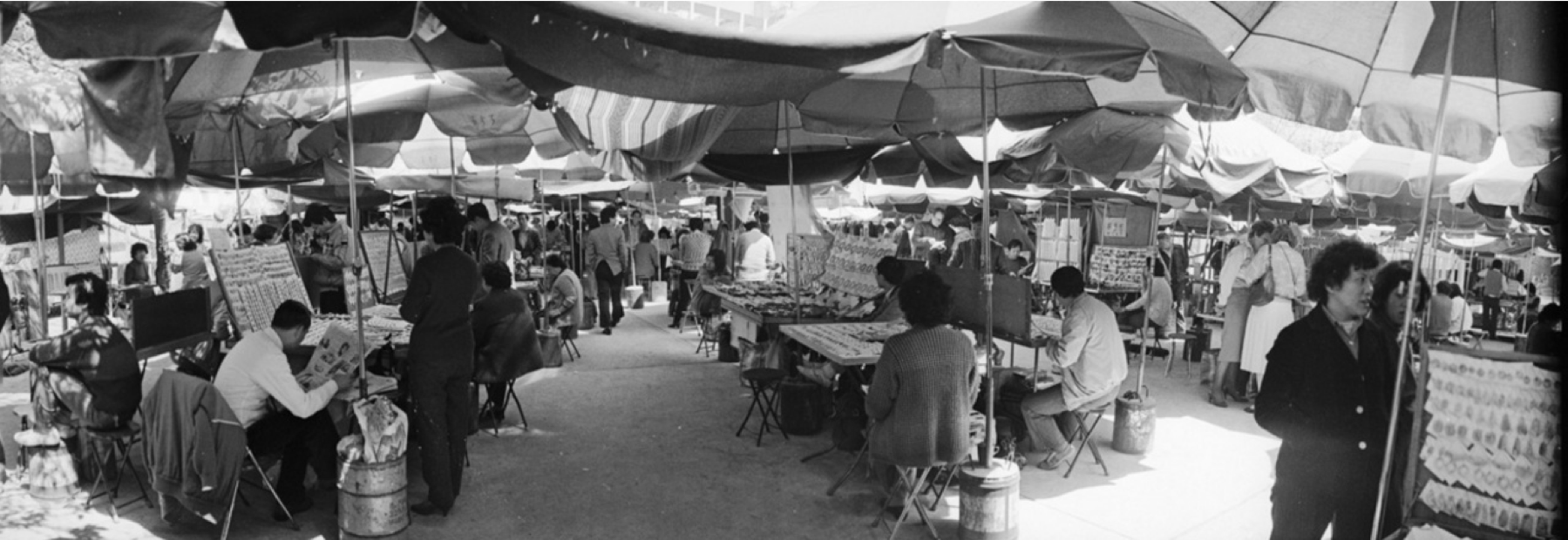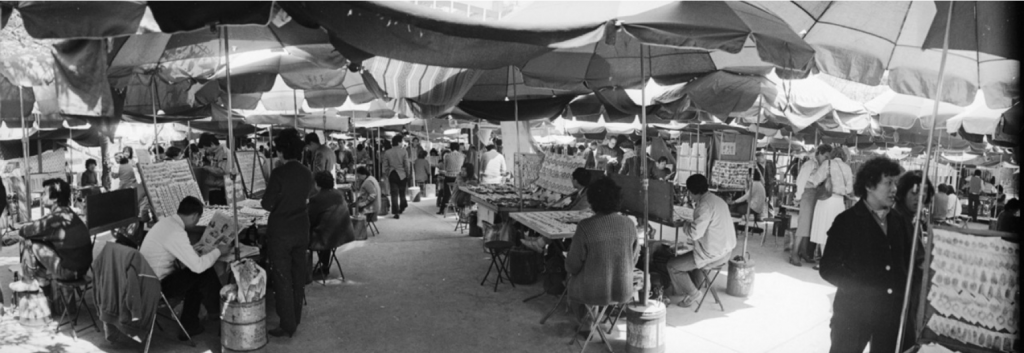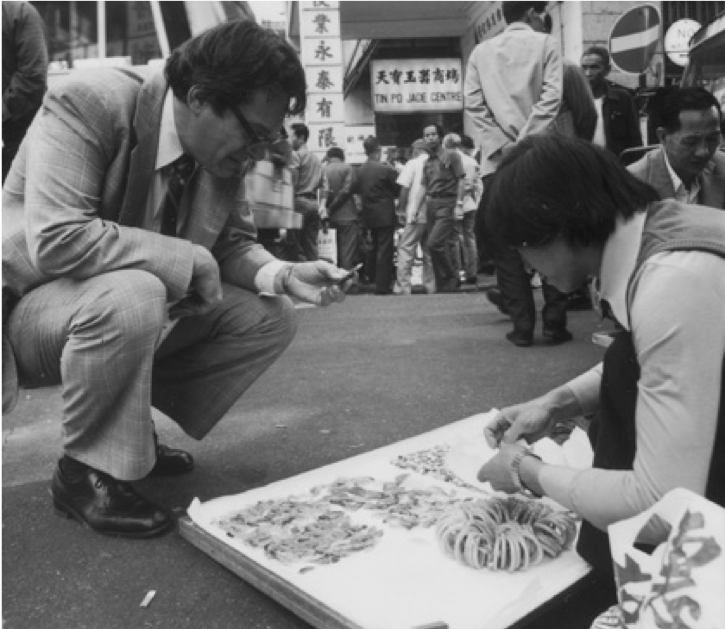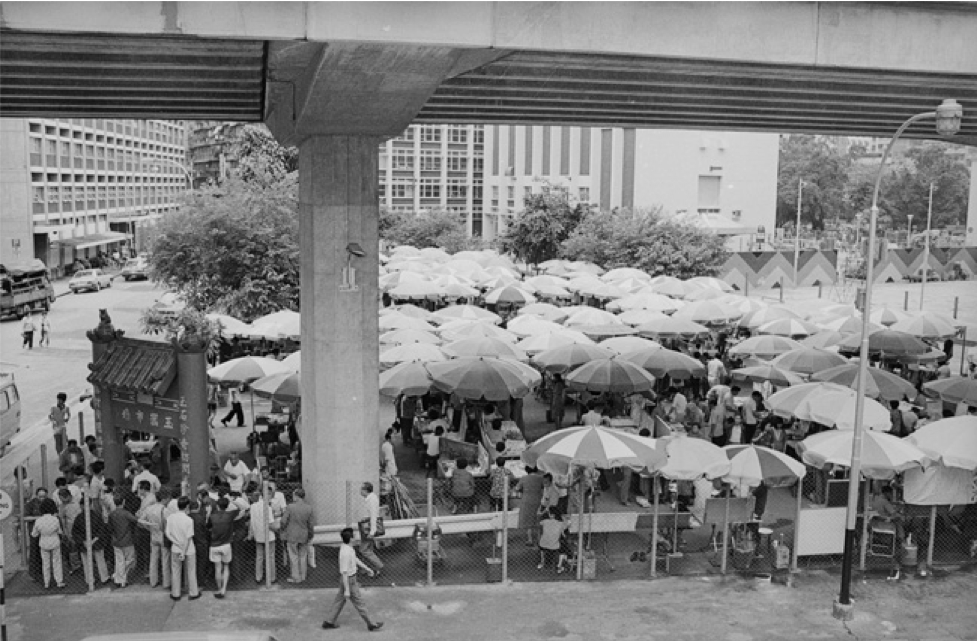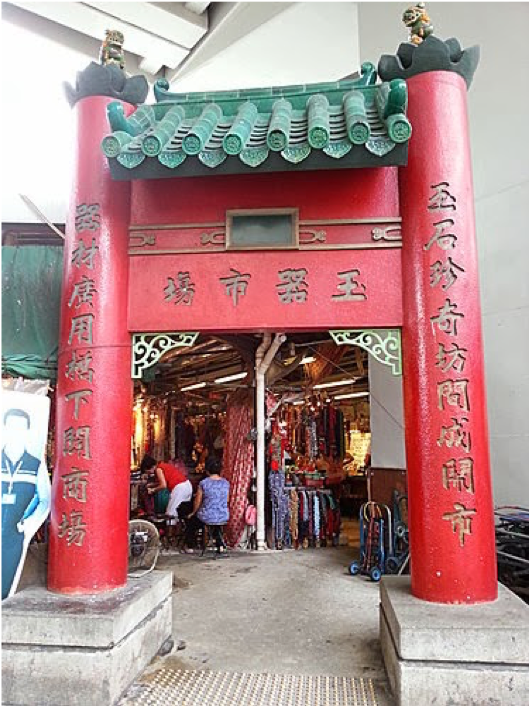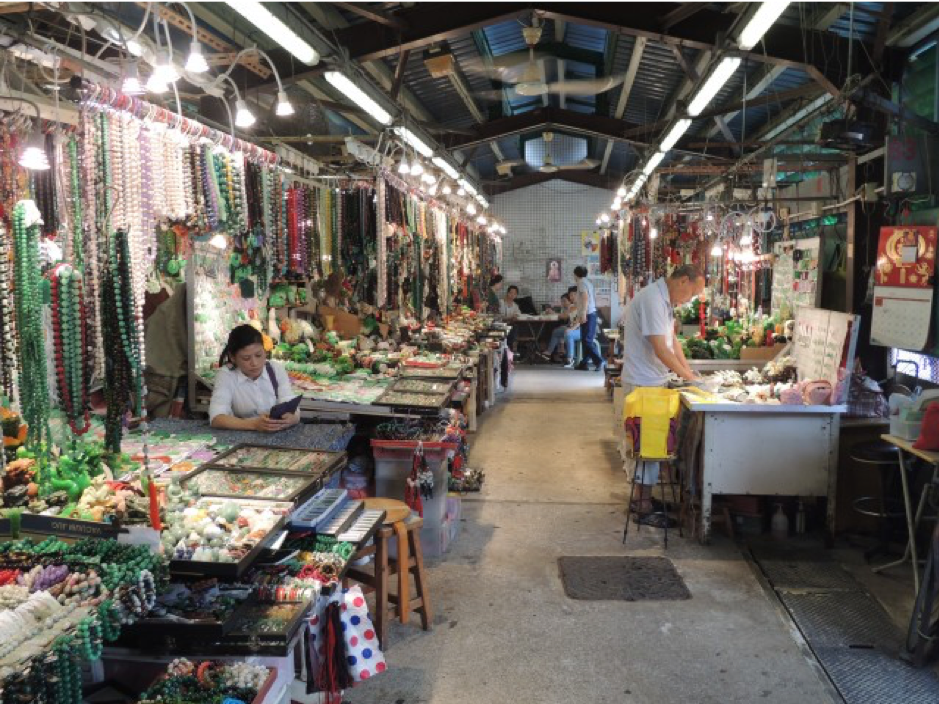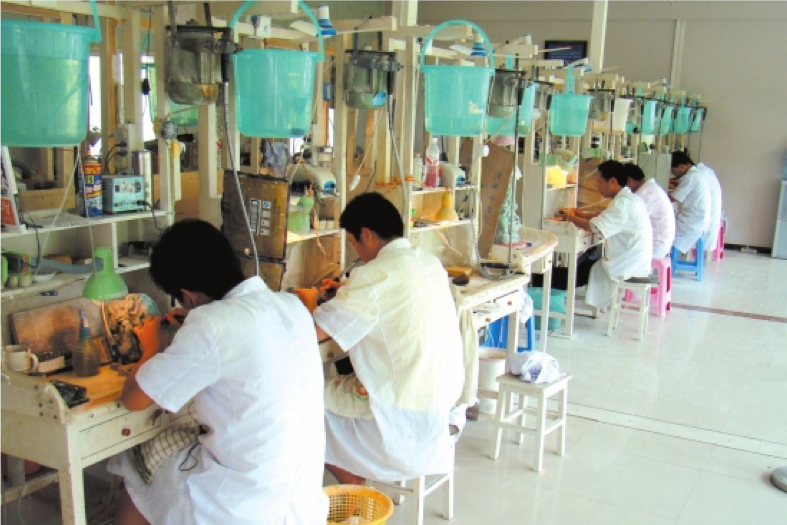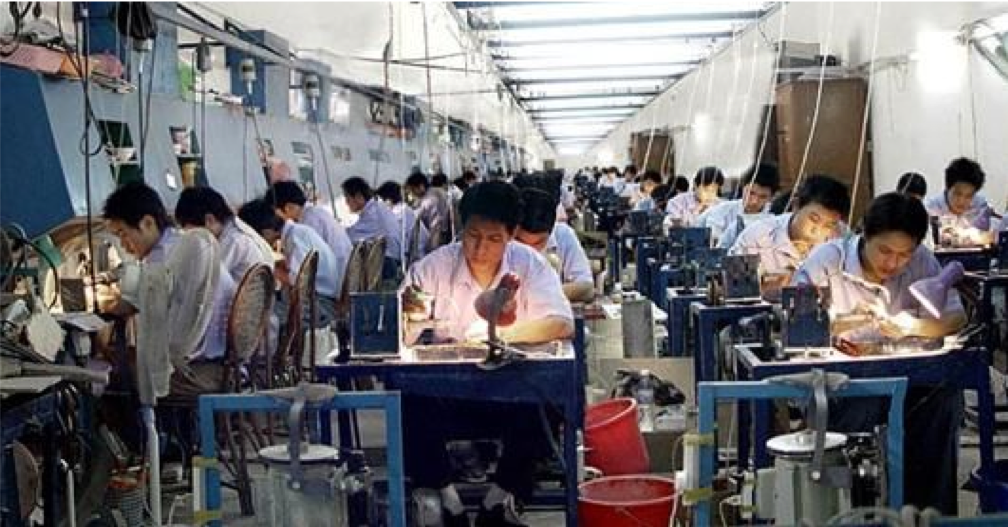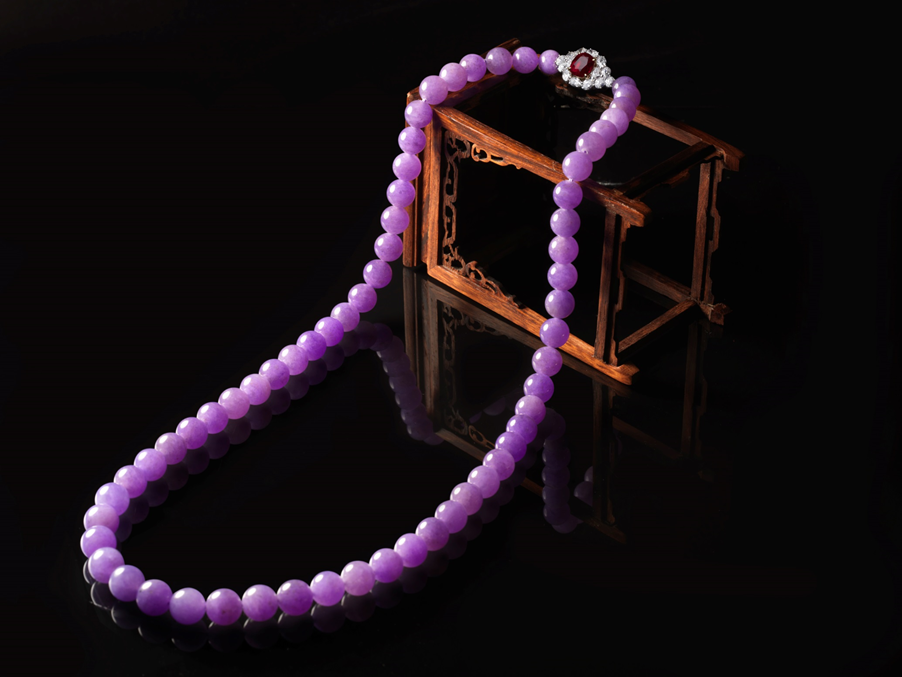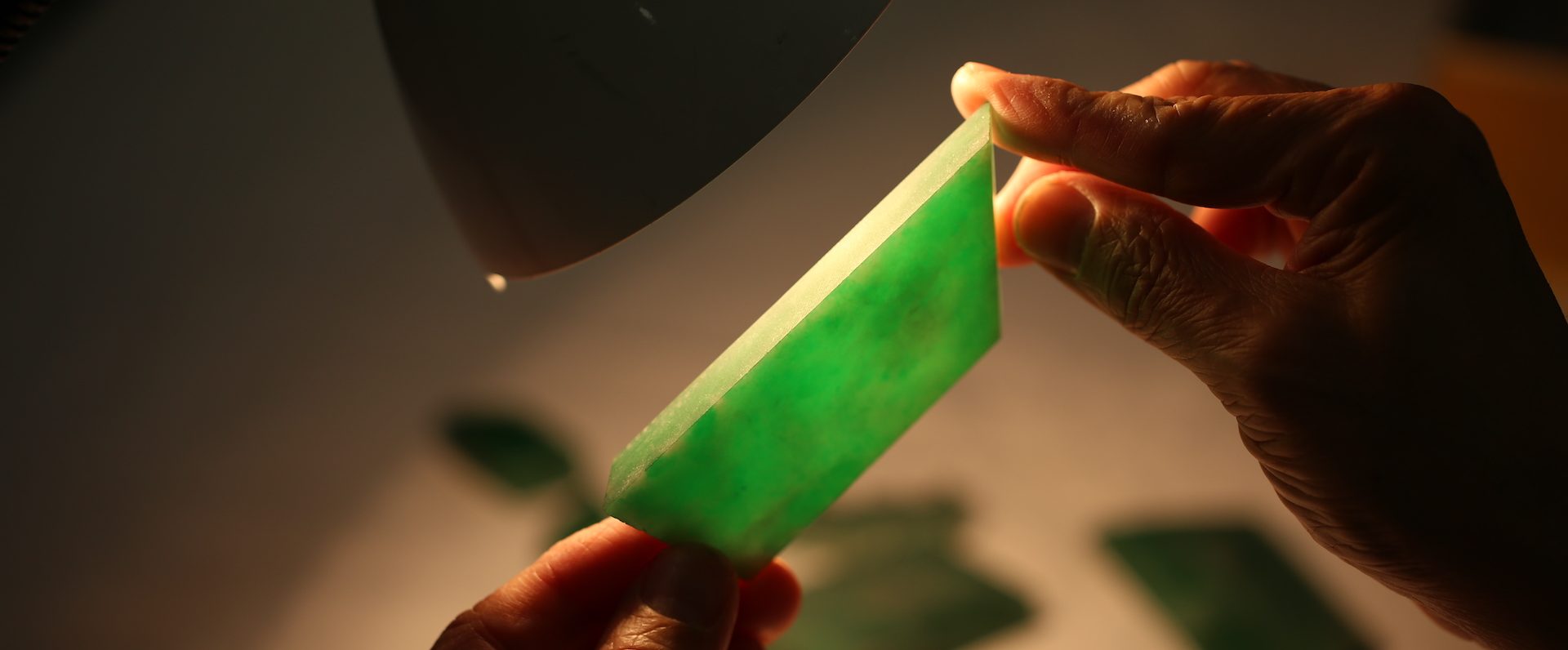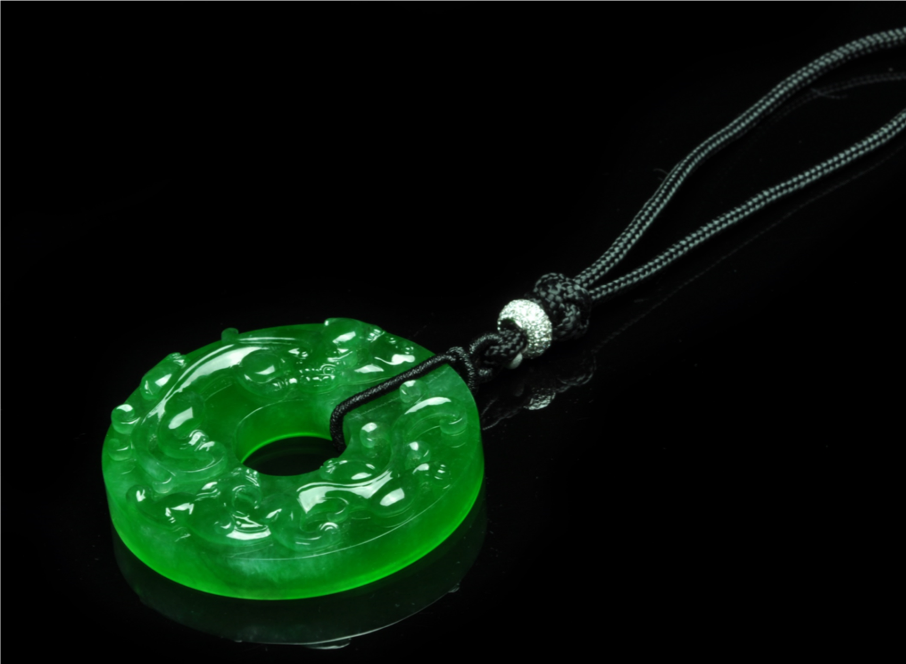The Hong Kong jadeite industry has already undergone four different generations. During the World War II, many refugees from China escaped to Hong Kong from the war and the jadeite industry in Hong Kong began after the war had settled down. At that time, there were two major groups of merchants in the industry: the Shanghai group and the Guangdong group. The Shanghai group had started the jadeite business in Hong Kong before the war, while the Guangdong group started after.
In the 1960s, the jadeite industry began to boom in Hong Kong. Most practitioners entered the industry by learning how to become a jadeite carver or goldsmith. The father of ILIA’s founder himself was also a jadeite carver apprentice in the 1960s and eventually became a jadeite merchant. The jadeites that were being sold in Hong Kong were not only imported from Myanmar (formerly known as Burma), a huge portion was actually antiques from China dated from the Qing dynasty. The merchants would buy these jadeite antiques (decorative ornaments, accessories etc) and cut them into smaller pieces for making jewellery. The price of antique jadeites was much cheaper at the time and the merchants saw the potential profit margin. Ironically, they would destroy these beautiful jadeite antiques to make trendy jewelleries that would sell better. In hindsight, it was an immense waste of fine and rare antiques and would have been better to preserve them.
n the 1970s, the economy in Hong Kong and Southeast Asian countries began to grow exponentially. More and more Asian people accumulated their wealth and the demand for jadeite jewellery also spiked. Many jadeite craftsmen saw the opportunity and became jadeite merchants. Mainland China was still going through its Cultural Revolution phase. More than 90% of the jadeite rough stones in Myanmar were purchased by Hong Kong merchants. The right timing and free trade policy had made Hong Kong the world’s largest jadeite import and export market during the 70s and 80s. Taiwan’s economy also grew rapidly during the 80s and most high-end jadeites were sold to wealthy Taiwanese collectors.
Since the early 90s, China’s economy followed along and also began to grow. Likewise causing the demand for high end jadeite jewellery to increase and as a result, a large number of people joined the jadeite industry. Some were families who were in the jadeite industry before the Cultural Revolution and re-entered into the field again. Mainland jadeite merchants would buy rough stones directly from Myanmar and have them shipped to various cities in Yunnan and Guangdong Provinces for processing and selling. Due to the high domestic sales in China and the relatively lower economic growth in Hong Kong and Taiwan during the 90s, major trading market for finished jadeites have moved to mainland China. Since then, Hong Kong’s jadeite industry has already begun losing its advantage.
In recent years, the overall sales of jadeite in Hong Kong are one-fifth of the sales in mainland China. More than 100 billion HKD worth of rough stones are transported from Myanmar to mainland China for processing and selling annually. As there is no essential need to transport jadeite through Hong Kong, jadeite industry in the city is facing different challenges. In terms of number of jadeites sold, Hong Kong has lost its leading position. However, Hong Kong business people are well known for being adaptive and they are constantly creating new ideas in order to maintain the uniqueness and sustainability of the local industry.
Although Hong Kong’s market share in the global jadeite trading market is much lower than China, Hong Kong has the advantage of zero tariffs. It is still known as the most important import and export market for international jewellery trading. There are three major international jewellery exhibitions held in the city each year, amid the September Fair is the largest fair in the world in terms of number of exhibitors and total sales. In addition, renowned auction companies such as Christie’s and Sotheby’s have stationed in Hong Kong for decades and still put their most important jewellery and jadeite lots here for sale. With its history and uniqueness, Hong Kong is the international hub between the East and the West and subsequently, the most important place to promote jadeite cultural to the world.


